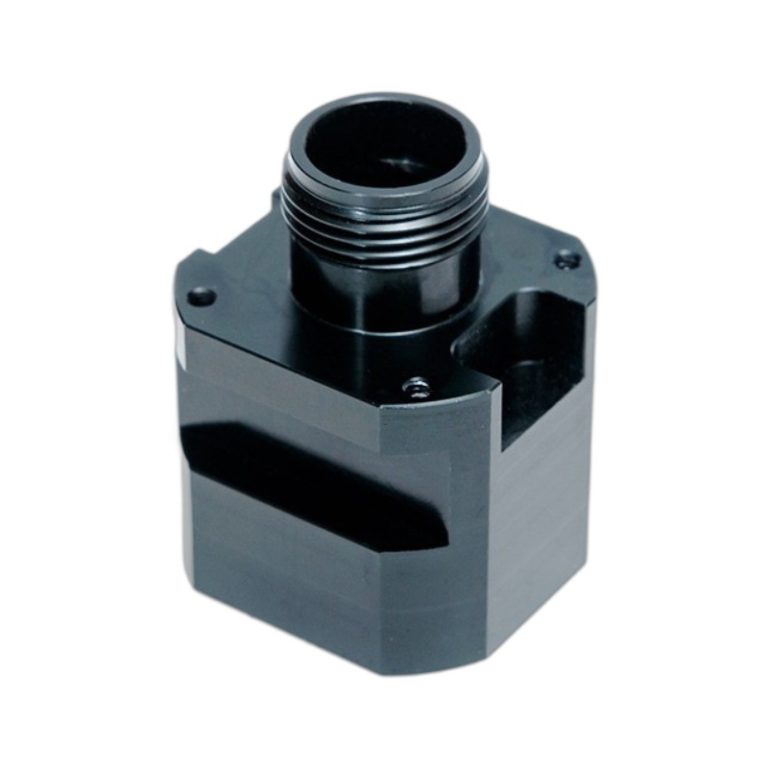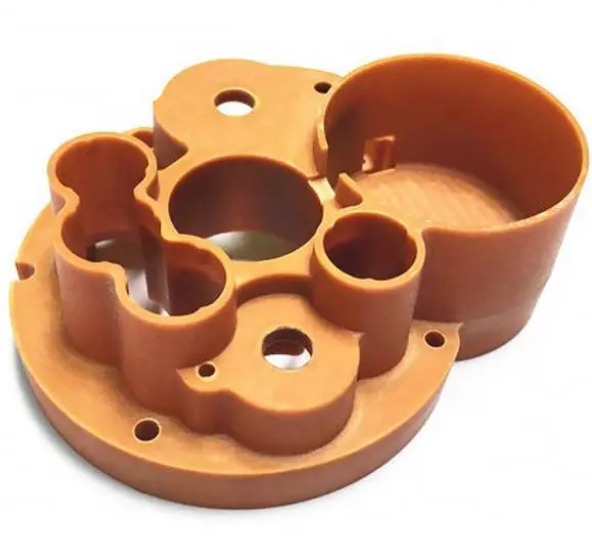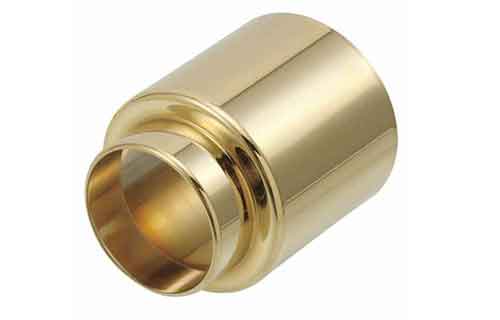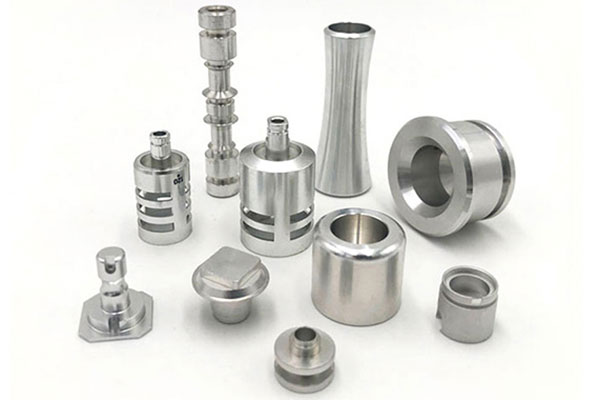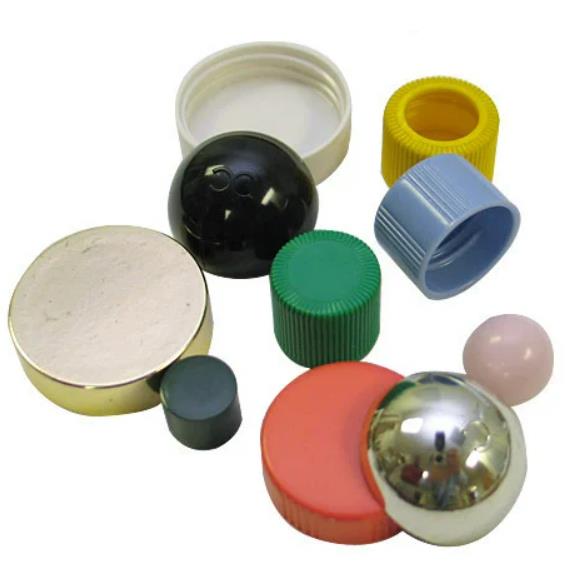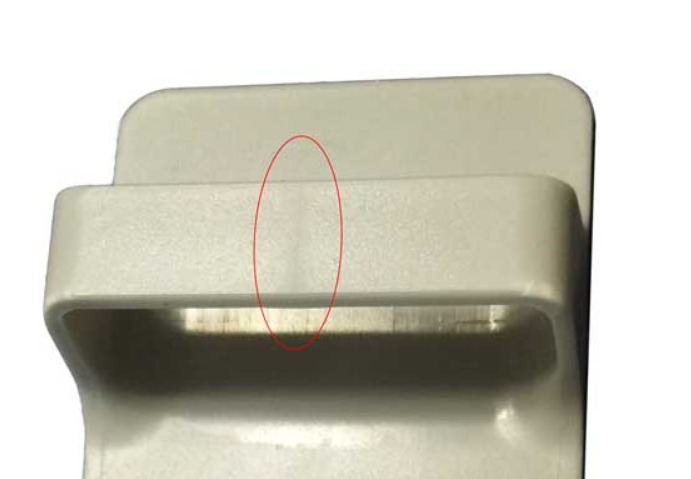Metal parts often face a tough balancing act: they need to resist rust, look professional, and maintain precise dimensions—all without adding bulk. A tool might rust after a few uses, a fastener could lose its sleek appearance in humid conditions, or a firearm component might wear prematurely due to friction. Paint or plating can hide flaws but adds thickness, altering fit, while bare metal is prone to corrosion and looks unrefined. What’s needed is a treatment that enhances both form and function without compromising precision. This is where surface treatment black oxide coating delivers. By forming a thin, protective black layer through chemical reaction, it solves these pain points—offering corrosion resistance, a uniform appearance, and improved lubricity, all while preserving part dimensions. In this guide, we’ll explore how black oxide coating works, its key processes, properties, and how to leverage it for reliable, attractive metal parts.
Introduction to Black Oxide Coating
Black oxide coating is a chemical conversion process that transforms metal surfaces into a sleek, protective layer—blending aesthetics with practical performance:
- Definition: Black oxide coating is a treatment where ferrous metals (steel, iron) react with alkaline oxidizing solutions to form a thin (0.5-2 μm) layer of magnetite (Fe₃O₄), a black iron oxide. This layer bonds chemically to the substrate, providing corrosion resistance, a uniform black finish, and a base for lubricants.
- Historical background: The process dates back to ancient times, when blacksmiths used heat and oils to darken iron weapons and tools. Modern black oxide coating emerged in the early 1900s, with alkaline solutions replacing traditional methods. It became standard in automotive and aerospace industries by the 1950s for its ability to protect parts without altering dimensions.
- Basic principles: The coating forms through a chemical reaction: iron in the metal reacts with oxygen from the oxidizing solution (containing sodium hydroxide, nitrates, and nitrites) to form magnetite. The reaction occurs at high temperatures (120-140°C), creating a porous layer that absorbs oils or sealants to enhance corrosion resistance.
- Industrial significance: Black oxide coating is used in 60% of ferrous metal components requiring a black finish, from tools to firearms. It’s valued for its low cost, speed, and ability to preserve tight tolerances. The global market for black oxide chemicals exceeds $300 million, driven by demand in automotive and industrial sectors.
- Environmental considerations: Traditional processes use high pH solutions (13-14) that require neutralization before disposal. Modern formulations reduce hazardous byproducts, and many facilities recycle rinse water. Compliance with regulations like the EPA’s Clean Water Act ensures proper waste treatment of alkaline wastewater.
- Comparison with other surface treatments: Black oxide coating offers unique advantages for ferrous metals:
| Feature | Black Oxide Coating | Black Chrome Plating | Paint (Black) |
| Thickness | 0.5-2 μm (no dimension change) | 5-20 μm (may affect fit) | 20-50 μm (adds bulk) |
| Corrosion Resistance | Good (with oil/sealant) | Excellent | Good (prone to chipping) |
| Aesthetic | Matte to semi-gloss black | Shiny black | Variable finish |
| Cost | Low | High | Low (but short-lived) |
Process of Black Oxide Coating
The process of black oxide coating is a streamlined sequence of steps designed to create a uniform, porous layer:
- Pre-treatment: Thorough cleaning ensures proper coating adhesion:
- Degreasing: Alkaline cleaners or solvents remove oils, greases, and fingerprints, which can block the chemical reaction.
- Rinsing: Cold water removes residual cleaner, preventing contamination of the black oxide solution.
- Etching (optional): A mild acid (e.g., hydrochloric) removes mill scale or oxides from new metal, ensuring uniform coating formation.
- Chemical solutions: The black oxide bath contains:
- Sodium hydroxide (50-70%): Provides alkaline conditions.
- Sodium nitrite/nitrate (10-20%): Acts as oxidizing agents.
- Optional additives: Metal salts to adjust coating color or porosity.
The solution operates at 120-140°C (under pressure to prevent boiling) with a pH of 13-14.
- Immersion process: Parts are submerged in the black oxide solution for 10-30 minutes. The high temperature accelerates the reaction, with longer times creating thicker layers (up to 2 μm). Complex parts require agitation to ensure solution reaches all surfaces, including blind holes and threads.
- Post-treatment: After coating, parts undergo:
- Rinsing: Warm water removes excess solution, followed by a cold water rinse to stop the reaction.
- Sealing: Immersion in oil, wax, or a clear polymer sealant fills the porous coating, enhancing corrosion resistance. Oil-based sealants also improve lubricity.
- Drying: Air drying or low-heat ovens (60-80°C) set the sealant without damaging the coating.
- Temperature control: Maintaining the bath at 120-140°C is critical—lower temperatures slow the reaction, while higher temperatures cause solution evaporation and inconsistent coating. Heating elements with thermostats ensure ±2°C control.
- Agitation systems: Air spargers or mechanical stirrers keep the solution uniform, preventing sedimentation and ensuring all parts receive equal exposure. This is especially important for batches with mixed part sizes.
- Safety protocols: Operators use heat-resistant, acid/alkali-resistant gloves, face shields, and aprons. Ventilation systems remove fumes, and emergency eyewash/shower stations are mandatory. The high-temperature solution poses burn risks, requiring proper training.
Properties of Black Oxide Coated Surfaces
The properties of black oxide coated surfaces make them ideal for functional and aesthetic applications:
- Corrosion resistance: When sealed with oil, black oxide coated steel withstands 100-200 hours of salt spray testing (ASTM B117), compared to 24-48 hours for uncoated steel. The porous layer traps sealants, creating a barrier against moisture.
- Wear resistance: The magnetite layer has a hardness of 500-600 HV, reducing friction and wear in moving parts. When oiled, it outperforms uncoated steel by 30% in abrasion tests (ASTM G65).
- Aesthetic appeal: The coating provides a uniform matte to semi-gloss black finish, hiding surface imperfections like scratches or tool marks. It’s consistent across batches, with no streaks or blotches when processed correctly.
- Dimensional stability: At just 0.5-2 μm thick, the coating doesn’t affect part dimensions or tolerances (±0.001 mm). This is critical for precision parts like fasteners, gears, and firearm components.
- Surface finish: The coating has a smooth texture with Ra values of 0.5-2 μm, improving grip in hand tools and preventing “stick-slip” in moving parts. It feels natural to the touch, unlike rough painted surfaces.
- Thermal resistance: The magnetite layer remains stable at temperatures up to 315°C, making it suitable for engine parts and industrial tools exposed to heat. Beyond this, it may oxidize further to red iron oxide (rust).
- Lubricity: When sealed with oil or wax, the coating reduces friction between moving parts, extending component life. This is why it’s used in bearings, hinges, and sliding mechanisms.
Applications of Black Oxide Coating
Black oxide coating enhances performance and appearance across industries:
- Automotive: Engine bolts, gears, and tooling use black oxide coating for corrosion resistance and lubricity. It’s also used on suspension components for a sleek, undercarriage-friendly finish.
- Firearms: Gun barrels, triggers, and receivers rely on black oxide coating for its non-reflective finish (critical for stealth) and corrosion resistance to gun oils and moisture. It’s often called “bluing” in the firearms industry.
- Tools: Hand tools (wrenches, screwdrivers) and power tool components use the coating for a professional black finish and rust resistance. The porous layer holds oils, keeping tools lubricated during use.
- Industrial equipment: Bearings, chains, and fasteners use black oxide coating to reduce wear and friction. It’s preferred for parts with tight tolerances, where plating or paint would interfere with fit.
- Medical devices: Surgical tools (scalpels, forceps) use black oxide coating for its non-reflective surface (reducing glare during procedures) and corrosion resistance to sterilization chemicals.
- Aerospace: Fasteners and small components use the coating to save weight (no thick plating) while providing corrosion resistance in high-humidity environments. Its low profile ensures parts fit within tight spaces.
Black Oxide Coating Process and Equipment
The black oxide coating process and equipment are designed for efficiency and consistency:
- Black oxide tanks: Constructed from carbon steel or stainless steel (resistant to high alkalinity), tanks range from small benchtop units (50 liters) to large automated systems (1000+ liters). They include heating jackets or immersion heaters to maintain temperature.
- Chemical solutions: Mixed on-site with deionized water to avoid contamination. Typical ratios: 50% sodium hydroxide, 20% sodium nitrite, 10% sodium nitrate, and 20% water. Solutions are replenished daily to maintain concentration.
- Application methods:
- Immersion: Most common, with parts submerged in tanks. Ideal for batch processing of small to medium parts.
- Spraying: For large parts (e.g., machinery panels), though less effective for recessed areas.
- Brushing: Manual application for touch-ups or custom parts, though less uniform than immersion.
- Pre-treatment equipment: Includes ultrasonic cleaners for degreasing, spray washers for large parts, and acid etching tanks (for scale removal).
- Temperature control: Electric heaters or steam jackets maintain bath temperature at 120-140°C. Digital controllers with alarms prevent overheating, which can damage the solution.
- Safety equipment: Heat-resistant gloves, face shields, and chemical aprons protect against burns and splashes. Ventilation hoods remove caustic fumes, and pH meters monitor solution acidity to prevent hazardous conditions.
- Quality control equipment: Thickness gauges (eddy current) verify coating thickness (0.5-2 μm). Salt spray chambers test corrosion resistance, and visual inspection checks for uniform color and coverage.
Quality Control and Maintenance in Black Oxide Coating
Rigorous quality control and maintenance ensure consistent, high-quality results:
- Chemical solution maintenance: Daily checks monitor pH (13-14) and concentration (via titration). Solutions are replenished when concentration drops by >10% to maintain reaction efficiency. Tank sludge (iron oxides) is removed weekly to prevent uneven coating.
- Surface inspection: Visual checks ensure a uniform black finish with no streaks, spots, or bare areas. The water break test verifies proper cleaning before coating—water should sheet evenly, not bead.
- Corrosion testing: Samples are sealed with standard oil and tested in salt spray chambers (ASTM B117) for 100 hours. Acceptable results show <5% rust, with no red rust on critical surfaces.
- Thickness measurement: Eddy current gauges check coating thickness at 5-10 points per part, ensuring it stays within 0.5-2 μm. Thicker layers may crack or peel, while thinner layers offer insufficient protection.
- Adhesion testing: The tape test (ASTM D3359) ensures the coating doesn’t peel—no flaking indicates proper bonding. Bend tests (180°) for thin parts verify flexibility without coating failure.
- Equipment maintenance: Heaters are calibrated monthly to maintain temperature (±2°C). Agitation systems are checked for proper flow to prevent “dead zones” in tanks.
- Quality standards: Compliance with MIL-DTL-13924 (military specification for black oxide) and ASTM D7699 ensures performance. Automotive parts often meet ISO 9001 requirements for consistency.
Yigu Technology’s Perspective
As a leading custom manufacturing supplier in China, Yigu Technology offers precision black oxide coating services for automotive, aerospace, and industrial clients. Our automated lines ensure uniform coating (0.5-2 μm) with strict temperature control (120-140°C ±1°C). We use eco-friendly alkaline solutions and offer oil, wax, or polymer sealing options. Quality checks include 100% visual inspection and periodic salt spray testing (100+ hours). Our process preserves part tolerances, making it ideal for precision components. We tailor solutions to client needs, from matte to semi-gloss finishes, ensuring both aesthetic appeal and functional performance.
FAQs
- How long does a black oxide coating last?
With proper oil sealing, the coating lasts 1-3 years in indoor use and 6-12 months in outdoor or high-humidity environments. Re-oiling periodically extends life—applying a light machine oil every 3-6 months maintains corrosion resistance.
- Can black oxide coating be applied to non-ferrous metals?
No—black oxide is designed for ferrous metals (steel, iron). Non-ferrous metals like aluminum or copper require other treatments (e.g., anodizing for aluminum) to achieve a black finish.
- Is black oxide coating conductive?
Yes—the magnetite layer is conductive, making it suitable for electrical components where paint (non-conductive) would interfere with performance. This is useful for connectors and terminals needing both protection and conductivity.
